Congolese rumba is a musical genre from the Republic of Congo, Angola and Congo-Kinshasa, with roots from a navel dance from Central Africa, and in particular, from the Kingdom of Kongo. With slavery and the deportation of Africans in Cuba, the Rumba hatched and then flourished on the island, before returning to Africa.
Rumba is an uplifting genre that is mainly played with the trumpet, saxophone, trombone, guitar, piano, violin, bass, maracas, congas, bongos and drums. To dance Congolese rumba, you have to move your hips form side to side, do two quick side steps and a slow forward step.
Here is the history of Cuban-Congolese Rumba in three phases:
- Its roots are dated back to the “Nkumba” dance. It was a navel dance that was danced in the Kongo Kingdom.
- After arriving in Cuba in the 15th century, through the slave trade channel, the word “Nkumba” was affected by the Spanish language and was called subsequently “Rumba”. From its development in Cuba, three trends came up: Columbia, Guanguanco and Yambu, which attracted, from 1932, an international influence (America-Europe).
- After World War II, Congo developed a vibrant music industry, as a result of electricity, that enabled recording technology to reach the area, and imported records. That way, rumba returned to its roots and Congolese musicians appropriated it once more, making it the most prominent music genre of the time. Congolese rumba, close to the “Yambu” trend, has established itself permanently.
Throughout its history, Congolese rumba has known several variants which fall under four major “schools”: African Jazz, OK Jazz, Bantous and Zaïko. The story of the Cuban-Congolese rumba is an absolutely edifying tale. But as the years passed, rumba hasn’t stopped developing new variations. Today some of the most popular music styles among the young people are soukous and ndombolo, thanks to their very jerky rhythm, that combines the sound of modern musical instruments imported from the West.
The history of our beautiful country is linked with the rumba, because it was to the rhythm of rumba that we sang about independence in the 1960s. Rumba is the symbol of unity of our country. Rumba is Congo!
* This article has been published in issue #23 of “Migratory Birds” newspaper, which was released as an annex with “Efimerida ton Syntakton” newspaper (Newspaper of the Editors) on November 20th 2021.

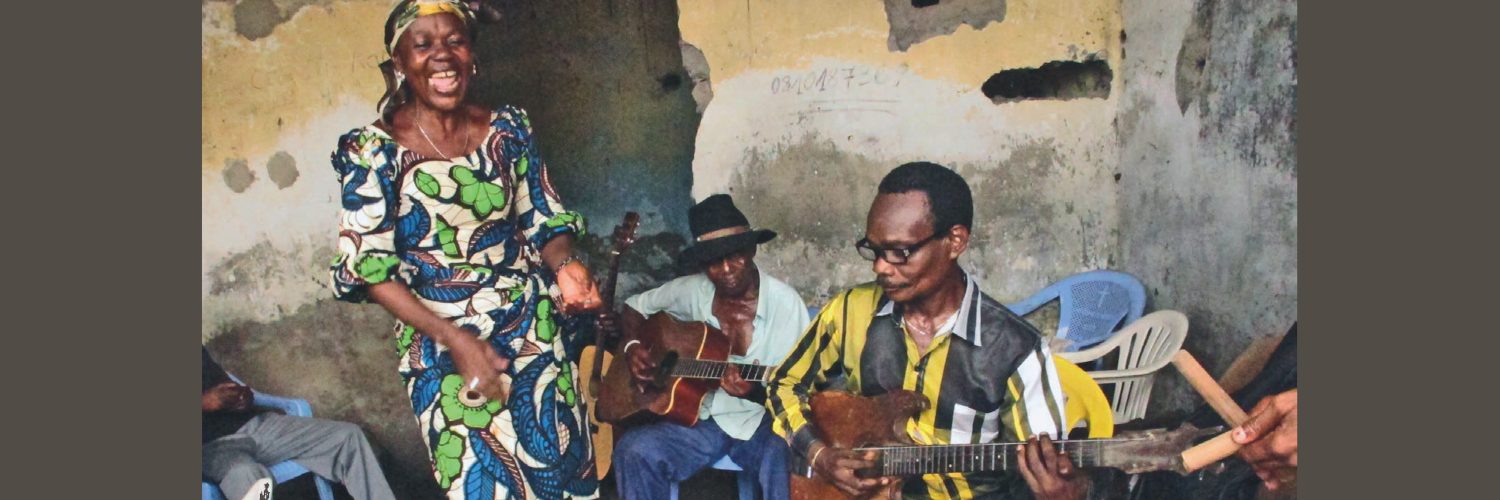
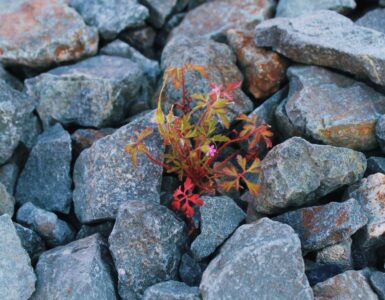
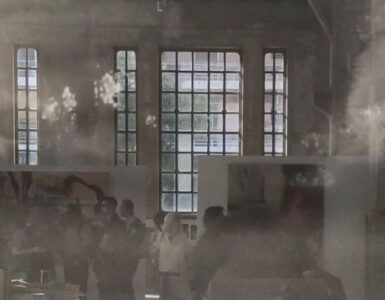
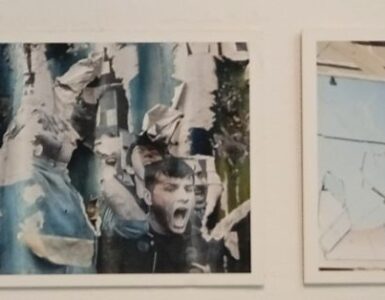

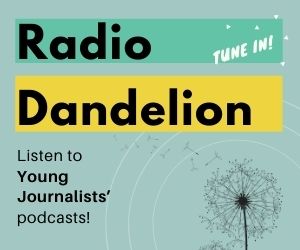
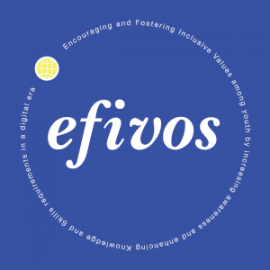

Add comment